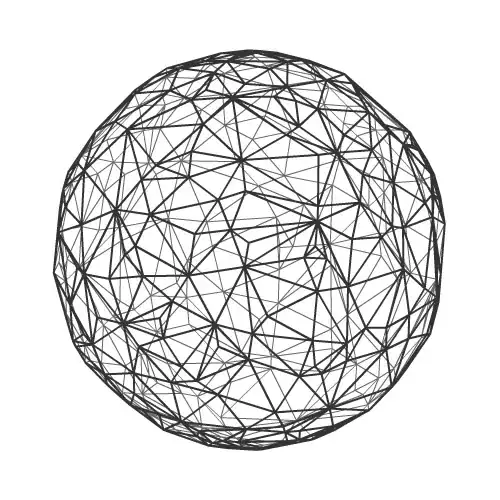Given any $n$-dimensional convex polyhedron in $\Bbb R^n$.
Question: Is it always possible to find a combinatorially equivalent polyhedron with vertices only on the sphere $S^{n-1}\subset\Bbb R^n$, i.e. an equivalent sphere inscribed polyhedron?

One can also ask it this way: can I build (from a combinatorial point of view) any polyhedron by choosing some points on a sphere and taking the convex hull?
I mean, this is easy to see for polyhedra whose faces are all simplices, but it seems pretty hard in general. You cannot just project all vertices to the sphere because "coplanar" vertices might be no longer "coplanar" afterwards, hence cannot describe an equivalent face.
Extra:
- If not in general, is it possible for $n=3$?
- Can this be made easier by allowing the vertices to be on any sphere $S^m$ with $m\geq n-1$.
Update:
I should have been more precise. The sphere inscribed polyhedron should be convex too. Also, preferrably no two distinct faces of the polyhedron should be coplanar, otherwise they can be combined to a single face. In this sense, the Triakis tetrahedron is indeed a counter-example to my question. There are inscribed polyhedra equivalent to it, but they are either not convex or have coplanar faces.